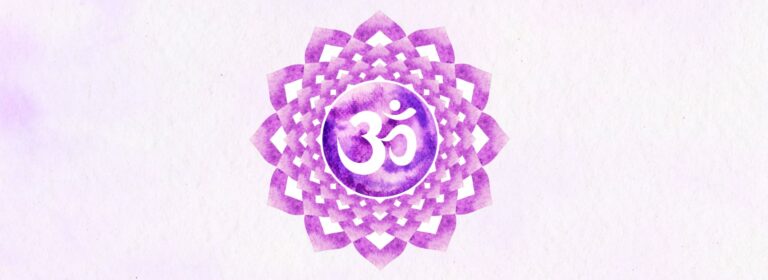Yoga Practice Name
Ajna (आज्ञा)


Ajna (आज्ञा)
| Name and Sanskrit Spelling | The Sanskrit name is आज्ञा, transliterated as "Ājñā," and pronounced "aag-nyaa." |
| Meaning and Symbolism | "Ājñā" means command or authority. It symbolizes intuition, inner wisdom, and the ability to perceive beyond ordinary sight. This chakra is often referred to as the “third eye” and is the seat of spiritual awareness and insight. |
| Location | Forehead, between the eyebrows (third eye region). |
| Associated Element (Tattva) | Mind or subtle ether (no classical element; associated with light and intuition). |
| Seed (Bija) Mantra | OM (AUM) |
| Number of Petals | 2 |
| Color Association | Indigo |
| Associated Gland/Organ/System | Pituitary gland, eyes, head, pineal gland, and parts of the nervous system. |
| Psychological/Emotional Themes | Intuition, imagination, clarity, perception, insight, spiritual vision, and wisdom. It governs the ability to see clearly, trust inner guidance, and integrate logic with intuition. |
| Signs of Imbalance (Deficiency or Excess) | Deficiency: Poor memory, lack of imagination, denial of spiritual truth. Excess: Hallucinations, delusions, over-intellectualization, arrogance. Physical symptoms can include headaches, vision problems, insomnia, or mental fog. |
| Balancing and Activation Techniques | Meditation, trataka (candle gazing), visualization, practicing mindfulness, chanting OM, journaling dreams and insights, and spending time in silence. Yoga poses that stimulate the third eye include Child’s Pose (Balasana) and Forward Fold (Uttanasana). Focusing on awareness and stillness cultivates this chakra. |
| Symbol and Deity (optional) | Depicted as a two-petaled indigo lotus. Associated deities include Ardhanarishvara (the union of Shiva and Shakti) or Shiva as Guru. The petals are often associated with the dual aspects of consciousness—knowledge and wisdom. |
| Reflective Prompts / Inner Inquiry | “Do I trust my inner guidance?” “Where am I being led by fear instead of insight?” “How can I quiet my mind to see more clearly?” |
| Real-Life Examples or Modern Context | An imbalanced Ājñā chakra may show up as indecision, cynicism, or spiritual confusion. When balanced, it supports clear thinking, intuitive decision-making, and a deep sense of connection to one’s higher purpose. It empowers visionary leadership, creative thinking, and inner harmony. |